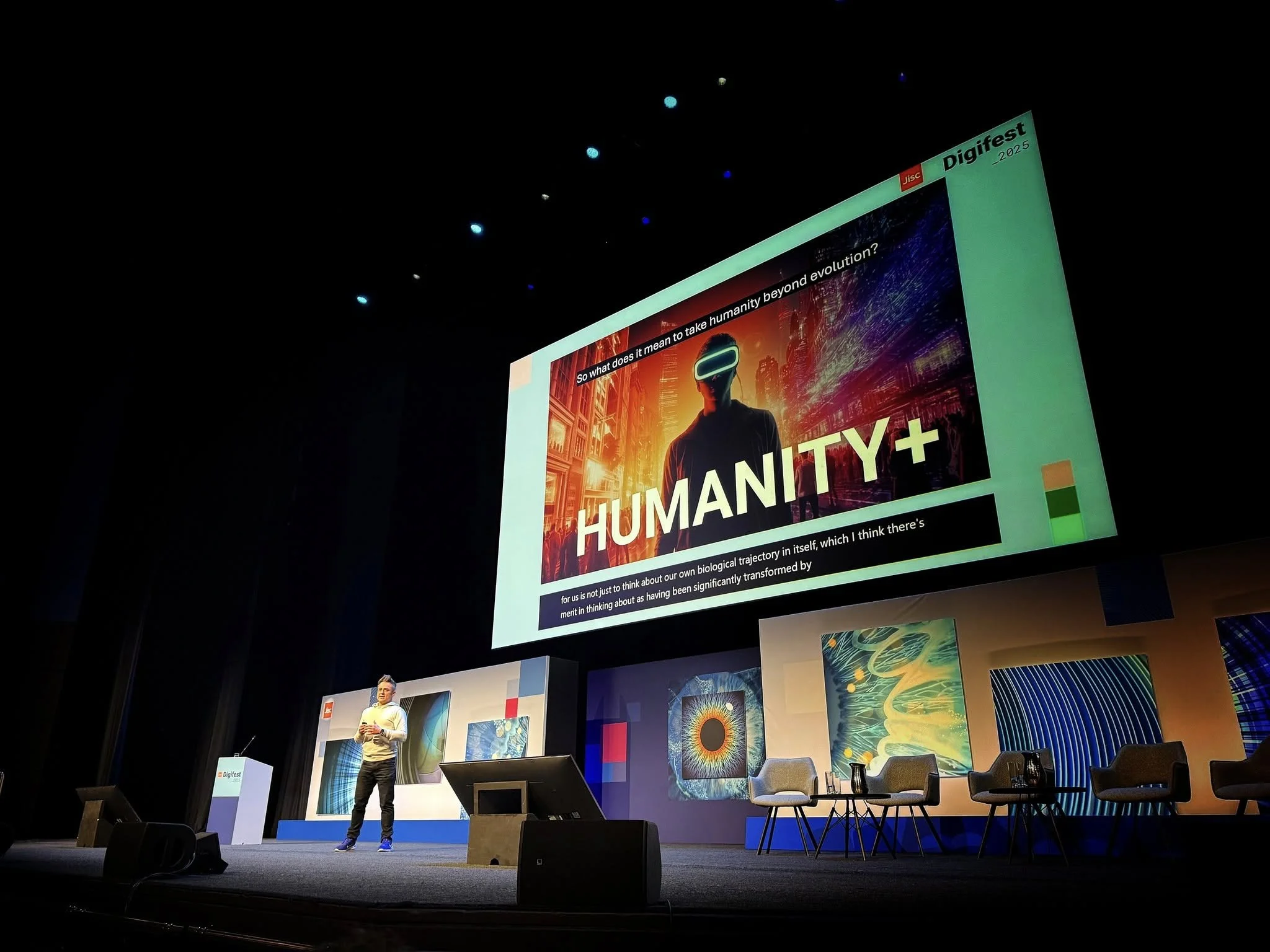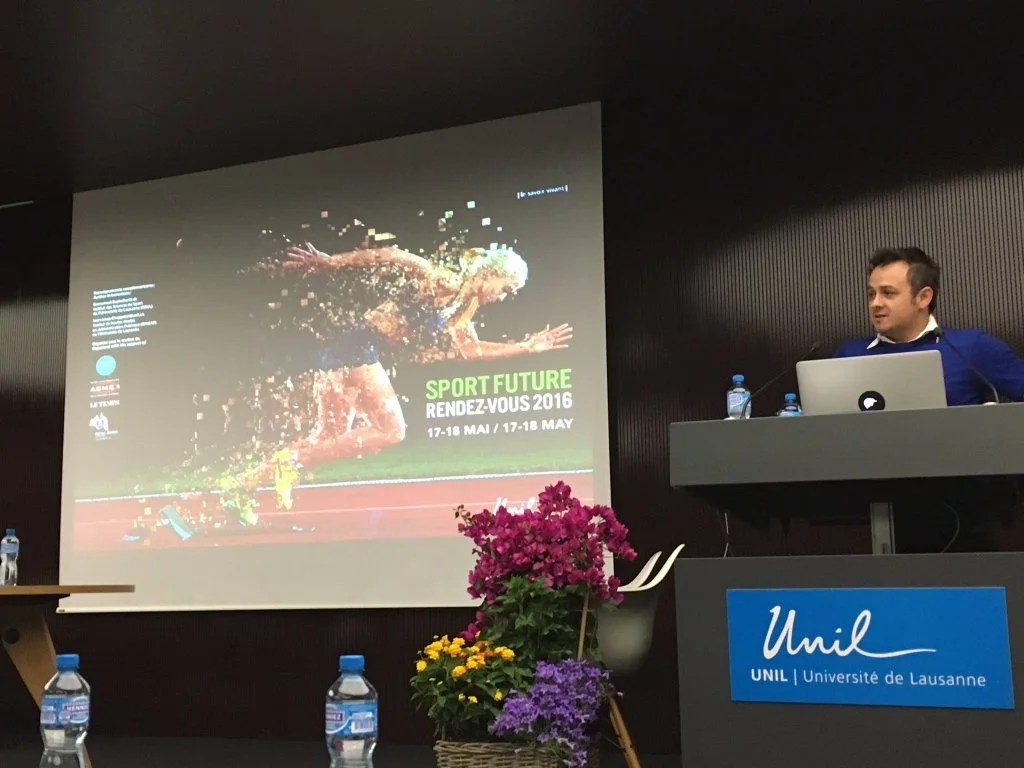Sport,
Speaking,
Social Media,
Posthumanism,
Olympic Games,
Human Enhancement,
Gene Doping,
Doping,
Digital
Andy Miah
Sport,
Speaking,
Social Media,
Posthumanism,
Olympic Games,
Human Enhancement,
Gene Doping,
Doping,
Digital
Andy Miah
Read More
Art & Design,
BioArt,
Bioethics,
Digital,
Doping,
Drones,
Environmental Science,
Gene Doping,
Human Enhancement,
Nanotechnology,
Olympic Games,
Philosophy,
Posthumanism,
Public Engagement with Science,
Science Communication,
Social Media,
Wearable Technology
Andy Miah
Art & Design,
BioArt,
Bioethics,
Digital,
Doping,
Drones,
Environmental Science,
Gene Doping,
Human Enhancement,
Nanotechnology,
Olympic Games,
Philosophy,
Posthumanism,
Public Engagement with Science,
Science Communication,
Social Media,
Wearable Technology
Andy Miah
Read More













